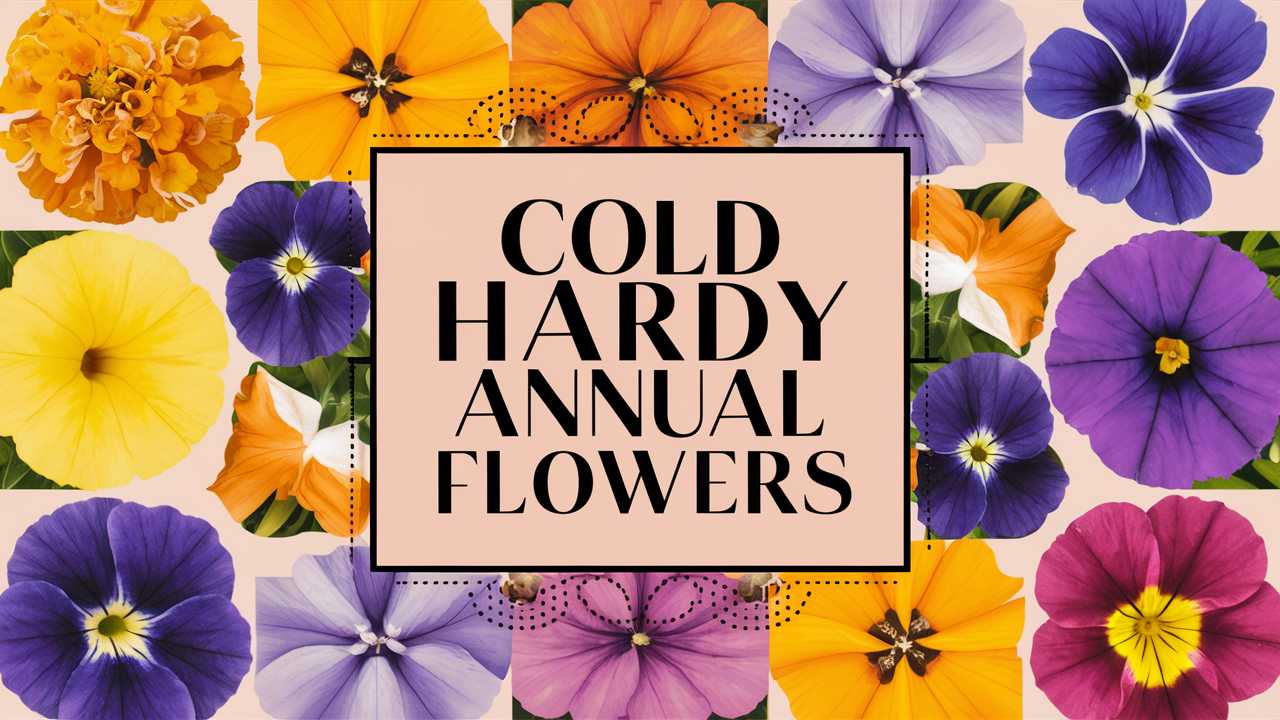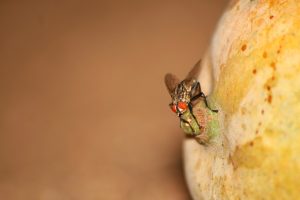In this guide, we’ll explore some of the most stunning cold hardy annuals you can plant to keep your garden blooming through early spring and into fall.
Wallflower

Wallflowers (Erysimum spp.) are an incredible addition to any cold-weather garden. Known for their sweet fragrance and bold colors, wallflowers can be found in hues ranging from rich yellows to deep purples. Their unique ability to thrive in cooler temperatures makes them a favorite among gardeners looking to extend their flowering season.
Plant them in well-drained soil where they can receive adequate sunlight, although they can tolerate partial shade. Wallflowers are also known to attract pollinators, making them a wonderful choice for those looking to support local ecosystems. Additionally, they can be used in borders or containers, offering flexibility in garden design. Beyond their beauty, wallflowers are often considered a symbol of resilience; they can withstand varying weather conditions and bloom gorgeously in the chilly start of the year.
Dianthus

Dianthus, also known as carnations or pinks, are another excellent choice of hardy annuals. Their charming, fringed petals come in various colors, making them versatile for any garden aesthetic. The fragrance of dianthus is simply delightful, often attracting butterflies and other beneficial insects.
These flowers prefer full sun but can handle some light shade, making them adaptable to different growing conditions. The key to gardening success with dianthus lies in well-drained soil. They’re known for their drought resistance once established, making them a lower-maintenance option for busy gardeners. Plus, they can produce blooms from early spring right into the fall, ensuring a long period of color in your garden.
Marigold
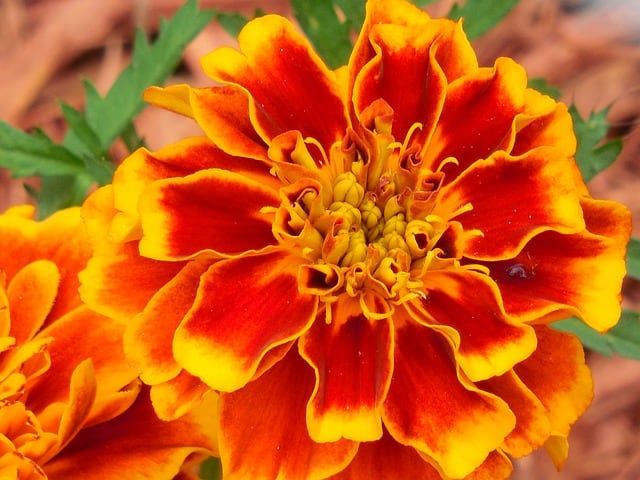
Marigolds (Tagetes spp.) are more than just a pretty face; they’re also known for their pest-repelling qualities. These vibrant sunshiny flowers come in various shades of yellow, orange, and red. Their cheerful appearance can uplift any garden, but their real power lies in their ability to thrive under cooler conditions.
Best planted in well-drained soil under full sun, marigolds can endure frost, making them a reliable choice for early spring gardens. They’re commonly used as companion plants because they deter aphids, nematodes, and other garden pests. With marigolds in your garden, not only do you get stunning blooms, but you also create a healthier growing environment for more delicate plants.
Snapdragon
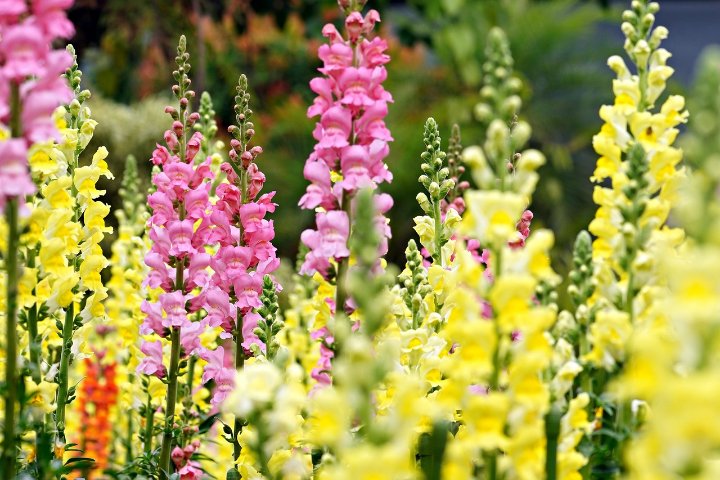
Snapdragons (Antirrhinum majus) are whimsical and striking in their structure. With their tall, upright growth and tubular flowers that resemble a dragon’s mouth, snapdragons bring a unique architectural quality to garden landscapes. These hardy annuals are available in a wide range of colors, including vibrant reds, soothing pinks, and creamy whites.
They thrive in cooler temperatures, making them perfect for early spring planting or fall gardens. Snapdragons prefer rich, well-drained soil and a sunny location, although they can tolerate some shade. One of the most endearing qualities of snapdragons is their resilience; they can bounce back from frosts and continue to bloom beautifully. Their stature and varied bloom time make them perfect for borders and even as cut flowers for your indoor arrangements.
Calendula
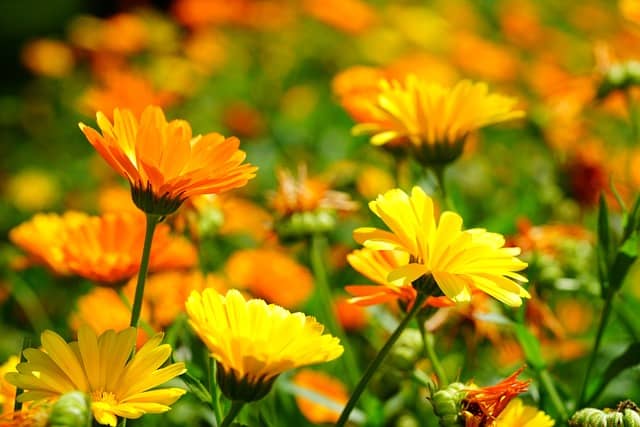
Calendula (Calendula officinalis), commonly known as pot marigold, is a cheerful flower that thrives in cooler climates. With its bright yellow and orange blooms, calendula can add a splash of sunshine to any garden. These stunning flowers are not only visually delightful but also have numerous beneficial properties.
Calendula prefers well-drained soil and full sun but can tolerate partial shade, making them easy to grow in various settings. They’re known for their ability to self-seed, which means that once you plant them, you may find delightful surprises in your garden in subsequent years. Furthermore, calendula flowers are edible and are often used in salads, teas, and even skincare products for their soothing properties. Their ability to provide color and nutrition makes them a valuable asset to any cold hardy garden.
Forget Me Not
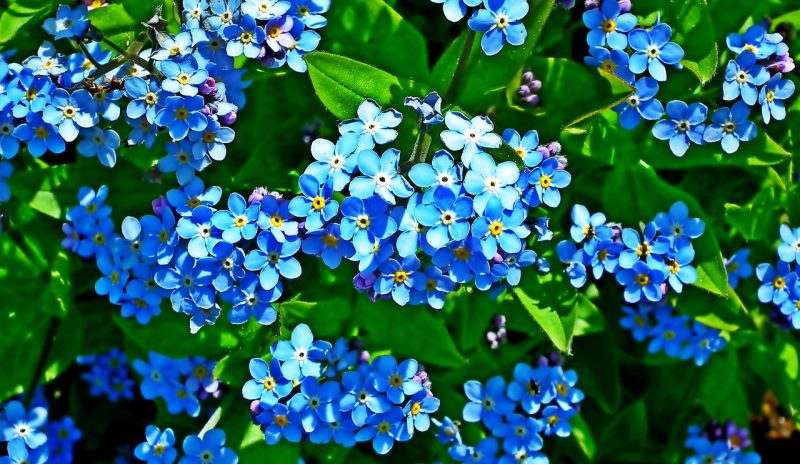
Forget Me Not (Myosotis spp.) are irresistible little flowers that evoke a sense of nostalgia and longing. These delicate blooms, typically a soft shade of blue, can also be found in pink and white varieties. They thrive in cooler temperatures, making them perfect companions for the early spring garden.
Plant forget me nots in partial to full shade with moist, well-drained soil. They form charming clusters that look wonderful planted in groups or along pathways. One of the appealing aspects of forget me nots is their ability to naturalize, meaning they can spread and establish themselves in your garden over time. Not only do they add beauty, but they also serve as a lovely ground cover and attract pollinators, making them a humble yet powerful addition to your floral lineup.
Osteospermum
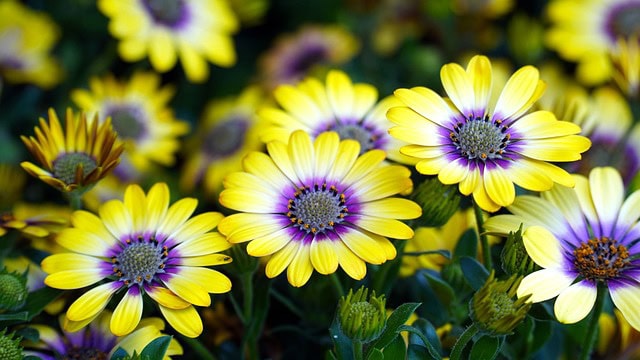
Osteospermum, commonly known as African daisy, brings an exotic flair to cold hardy gardens. Their daisy-like flowers come in striking colors, including purples, whites, and pinks, often with a contrasting center that creates a stunning visual impact. These fun flowers are not just hardy; they thrive in poorer soils and can tolerate drought, making them a low-maintenance choice.
Plant osteospermum in full sun for vibrancy and longevity. They produce blooms that can last from spring through fall, providing a long season of color. African daisies also attract pollinators, further enhancing the biodiversity in your garden. Their unique appearance and the ease of care make them a favorite among both novice and experienced gardeners alike.
Cyclamen
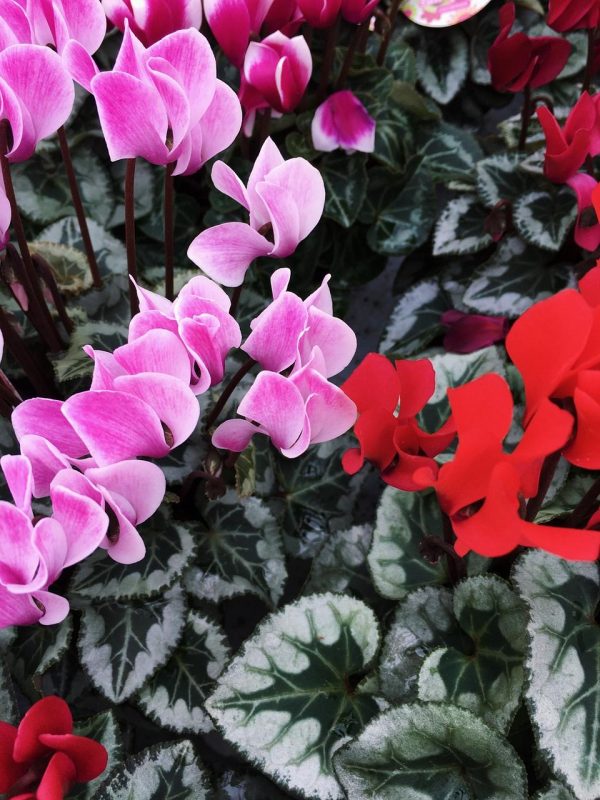
For those looking to add a touch of elegance to their gardens, cyclamen (Cyclamen spp.) presents an attractive option. Known for their heart-shaped leaves and vibrant, upward-facing blooms, cyclamen is a fine choice for shaded areas in cooler gardens. While many people consider cyclamen to be perennials, certain varieties can act like hardy annuals, particularly in regions with milder winters.
Cyclamen prefer well-drained soil and thrive in partial to full shade. Their unique foliage, often marbled with silvery patterns, adds interest even when the flowers are not in bloom. These flowers are excellent for planting beneath trees or shrubs, bringing color and life to shaded spots where other flowers may struggle. They typically bloom in early spring, adding a burst of color just as winter fades away.
Sweet Alyssum

Sweet alyssum (Lobularia maritima) is often recognized by its delicate clusters of small flowers in shades of white, pink, and purple. The delightful scent of sweet alyssum can fill the air with a sweet, honey-like aroma, making it a favorite in gardens. This cold hardy annual is known for its versatility, often used as a ground cover or in hanging baskets.
Needing minimal maintenance, sweet alyssum does well in well-drained, moderately fertile soil and thrives in full sun to partial shade. It’s known to tolerate a light frost, and its continuous blooming throughout spring and fall provides a long-lasting floral display. Sweet alyssum is also a magnet for beneficial insects like bees and butterflies, making it a valuable contributor to a healthy garden ecosystem.
Dusty Miller
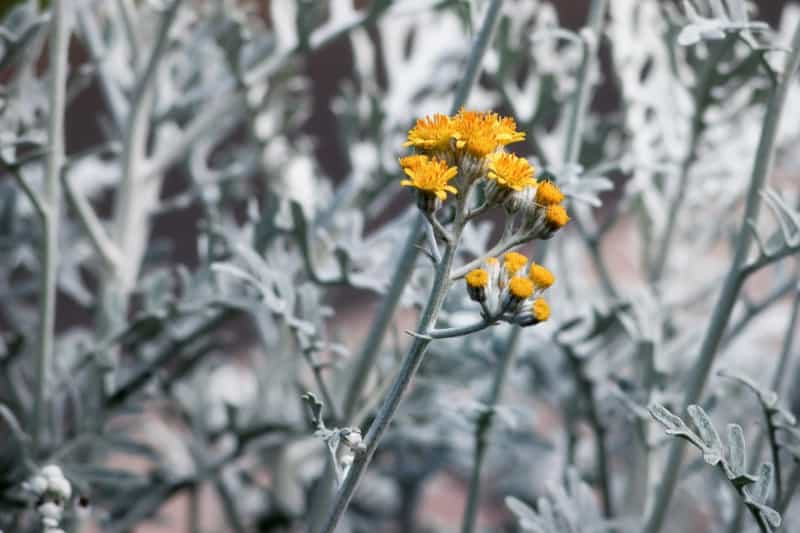
Dusty Miller (Senecio cineraria) is not a flower in the typical sense, but its silvery foliage makes it a stunning addition to any cold hardy garden. The soft, velvety leaves of dusty miller create a beautiful contrast against colorful flowers, making it an excellent companion plant.
Dusty miller prefers full sun and well-drained soil but is tolerant of various soil types, making it easy to grow. This resilient plant can handle frosty conditions, providing texture and color even when other flowers are at rest. Dusty Miller can function as a border plant or filler in your garden, where it highlights and frames the vivid blooms of its companions while offering visual interest throughout the growing season.
Petunia
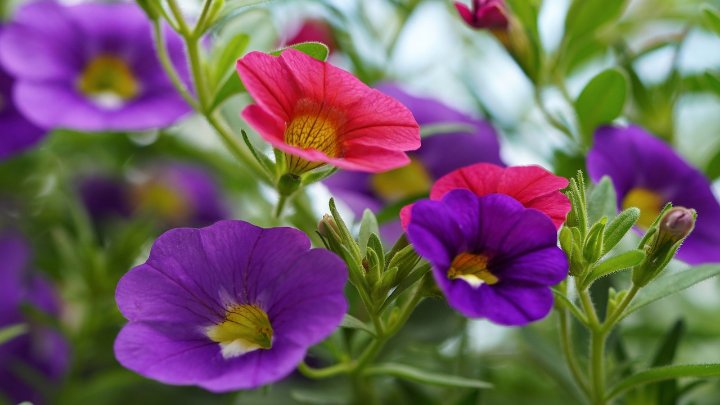
When discussing cold hardy annuals that add a burst of color, petunias (Petunia spp.) cannot be overlooked. While traditionally associated with warmer climates, certain varieties exhibit remarkable cold tolerance. Their vibrant colors, ranging from deep purples to fiery reds and pastel pinks, create a lively tapestry in any garden.
For optimal growth, petunias prefer well-drained soil and full sun. They can endure light frosts, making them suitable for early spring plantings. With their sprawling nature, petunias work well in hanging baskets, container gardens, and as ground covers. Their versatility makes them a staple for gardeners looking to ensure their outdoor spaces remain colorful and inviting from spring through fall.
Pansy
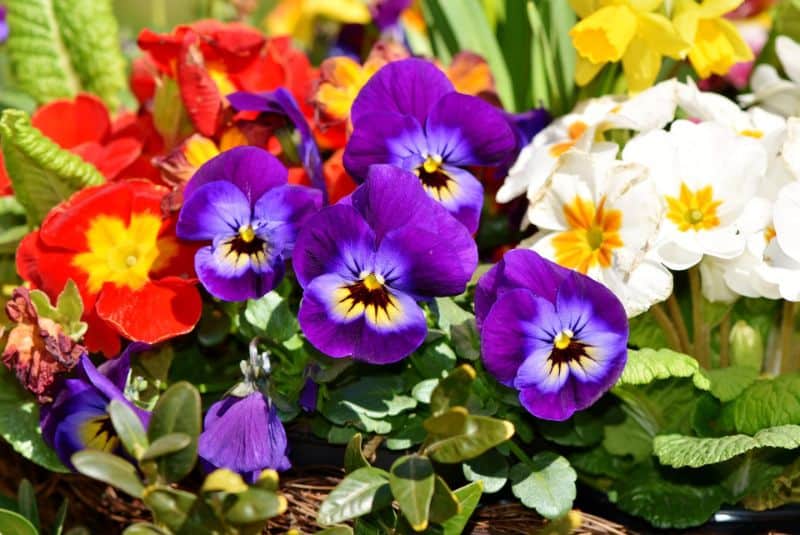
Pansies (Viola tricolor var. hortensis) are synonymous with cool-season gardening. These cheerful flowers are famed for their beautifully patterned petals and gentle fragrance. Pansies bloom in a kaleidoscope of colors, often showcasing intricate designs, making them a popular choice for gardeners seeking to create eye-catching arrangements.
Plant pansies in well-drained soil and provide them with full sun or partial shade. Their resilience to frost allows them to bloom early in spring and even into late fall, providing sustained color when many other flowers have faded. They work wonderfully in beds, borders, pots, and hanging baskets. Additionally, pansies are edible and can be used as garnishes or in salads, adding an extraordinary touch to your culinary endeavors.
Geranium

Geraniums (Pelargonium spp.) are beloved for their robust blooms and lush foliage. They produce clusters of flowers in a variety of colors, including shades of red, pink, and white. With their ability to flourish in cooler conditions, geraniums can be an eye-catching addition to your seasonal displays.
Full sun is ideal for geraniums, although they can tolerate partial shade as well. They prefer well-drained soil, and once established, they exhibit drought resistance. The long flowering season makes them perfect for creating colorful borders and containers. Additionally, they are known for their pest-repelling properties, enhancing the health of the surrounding garden.
Viola
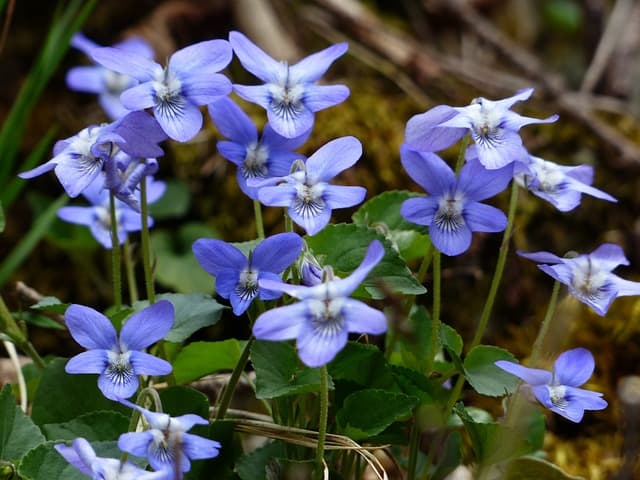
Finally, we have violets (Viola spp.), another charming member of the cold hardy family. Violets are often appreciated for their delicate flowers and heart-shaped leaves. Typically found in shades of blue, purple, yellow, and white, they can create a stunning soft palette in your garden spaces.
Violas prefer well-drained soil and do well in full sun to partial shade. They’re known for their hardiness, as they can endure frost and are often one of the first flowers to bloom in spring. Use violas as a ground cover, along borders, or interspersed with taller plants to add a splash of color and life, effectively keeping your garden lively and inviting.


